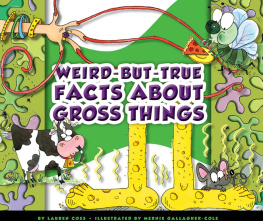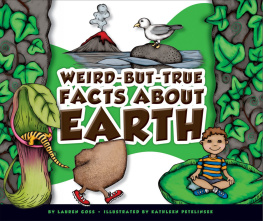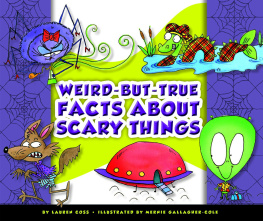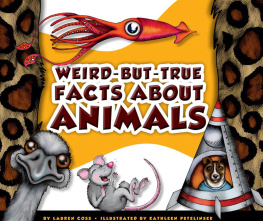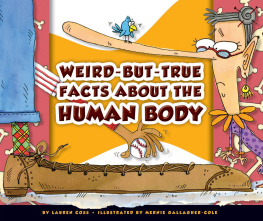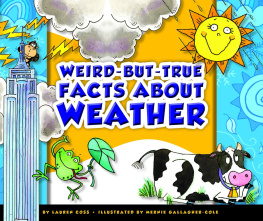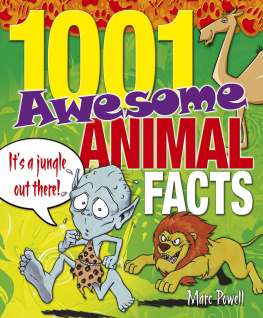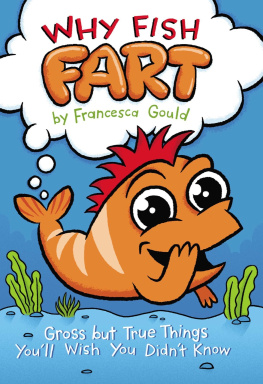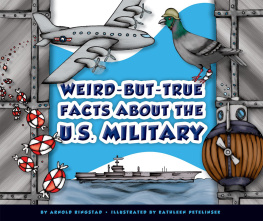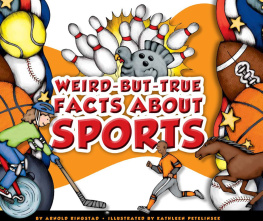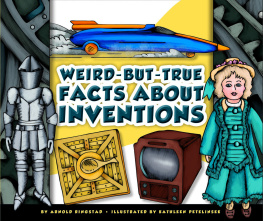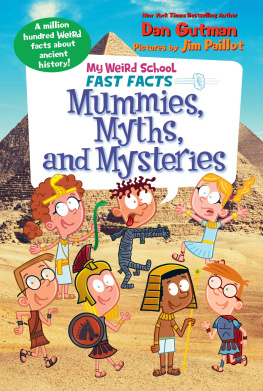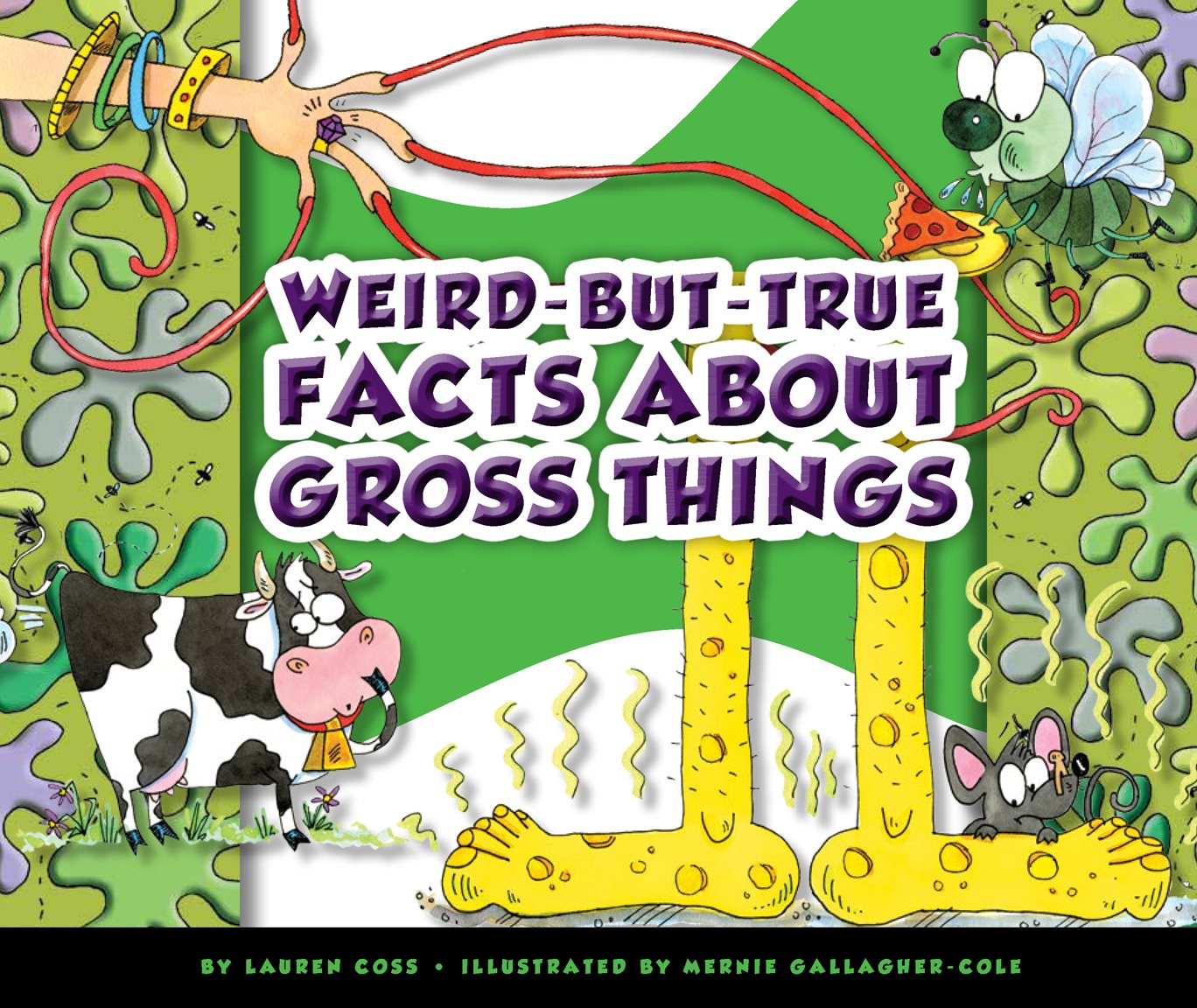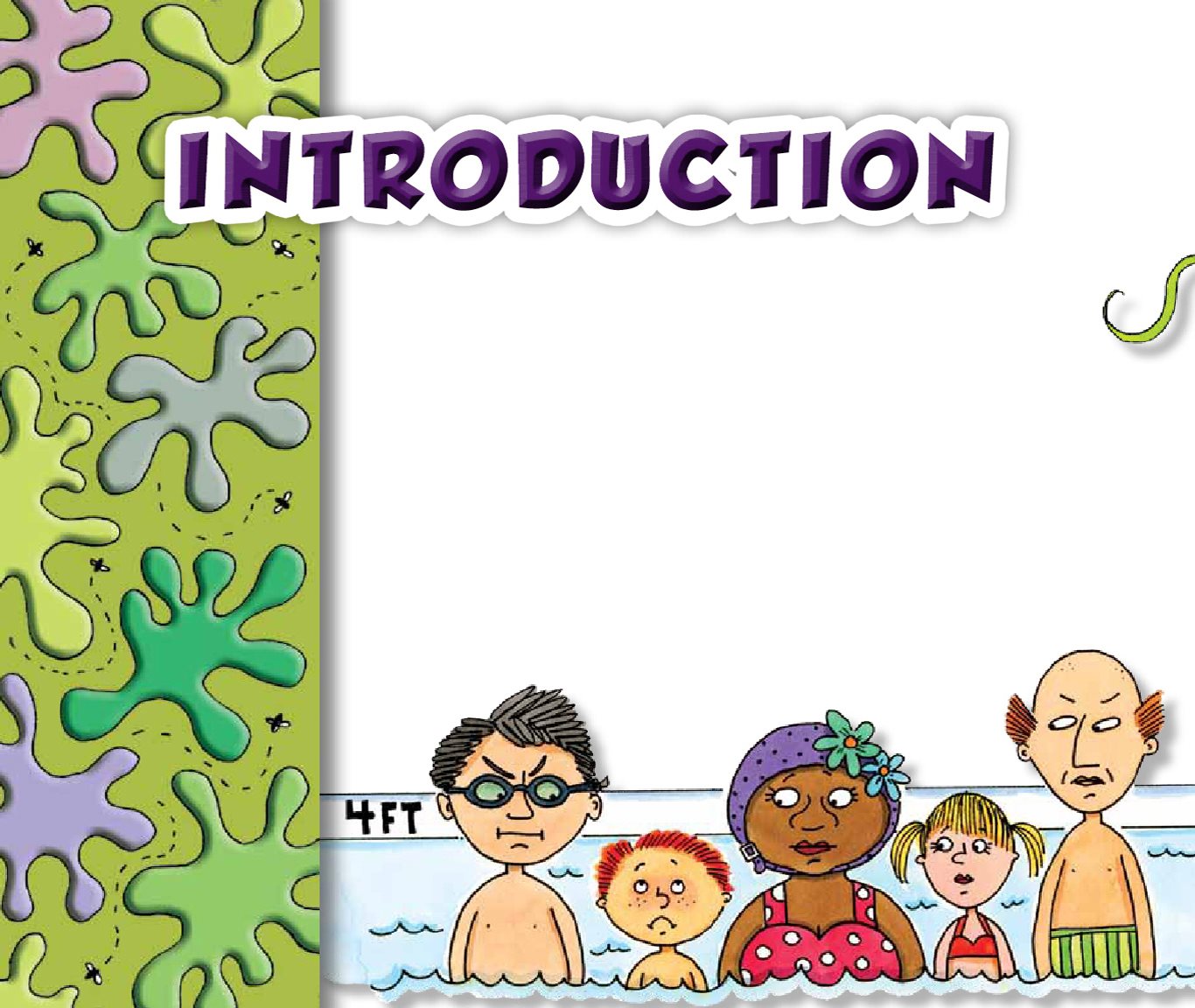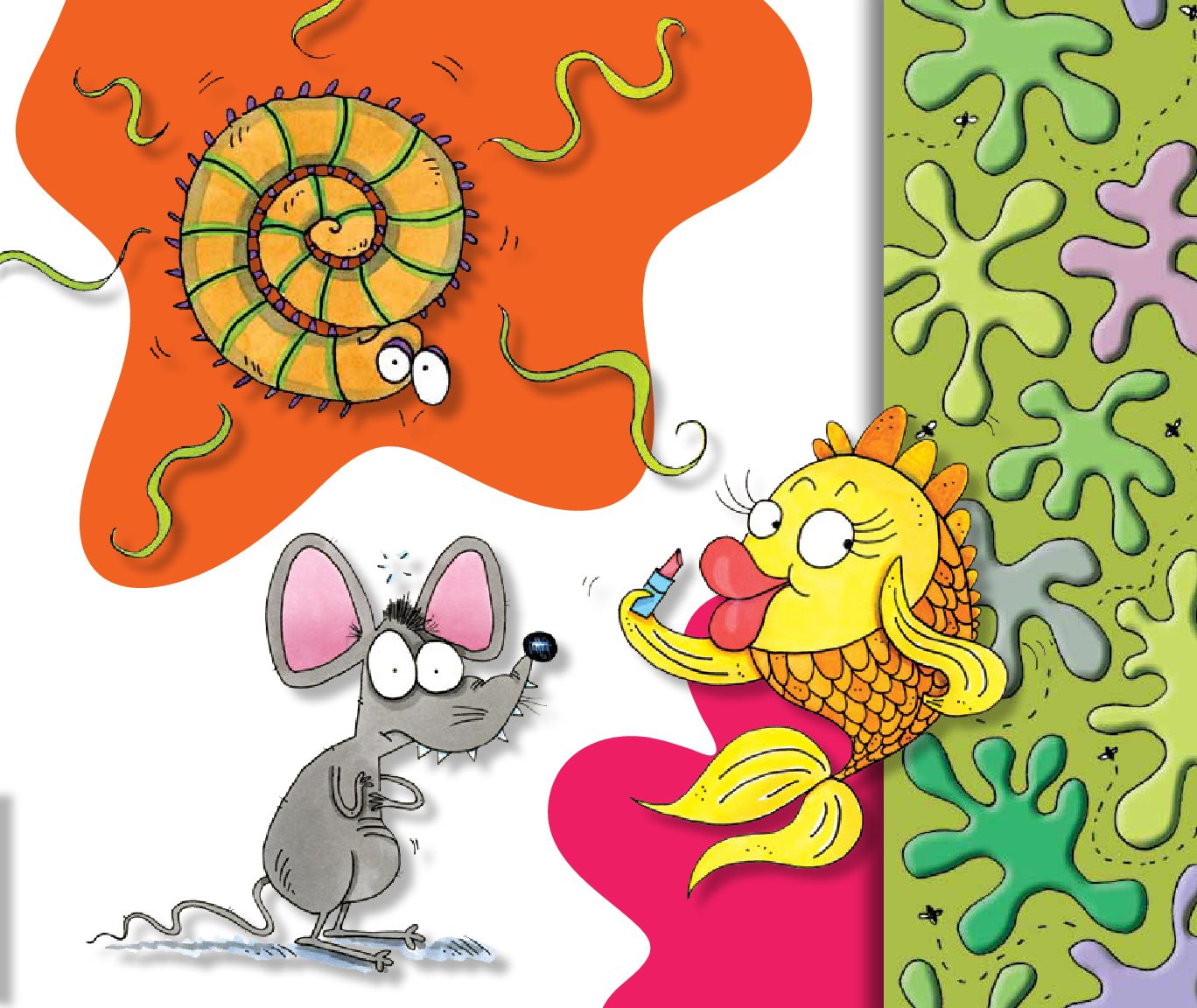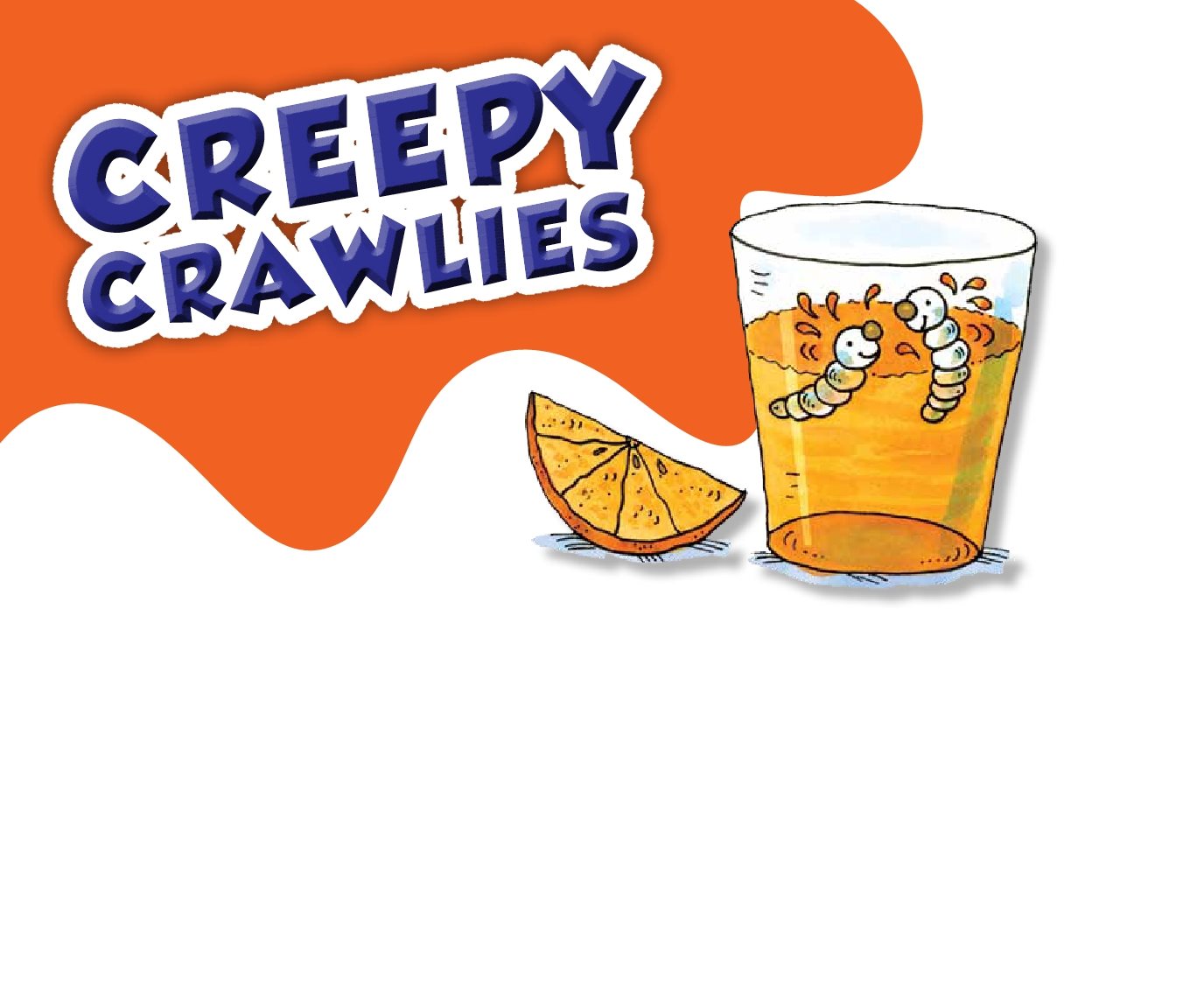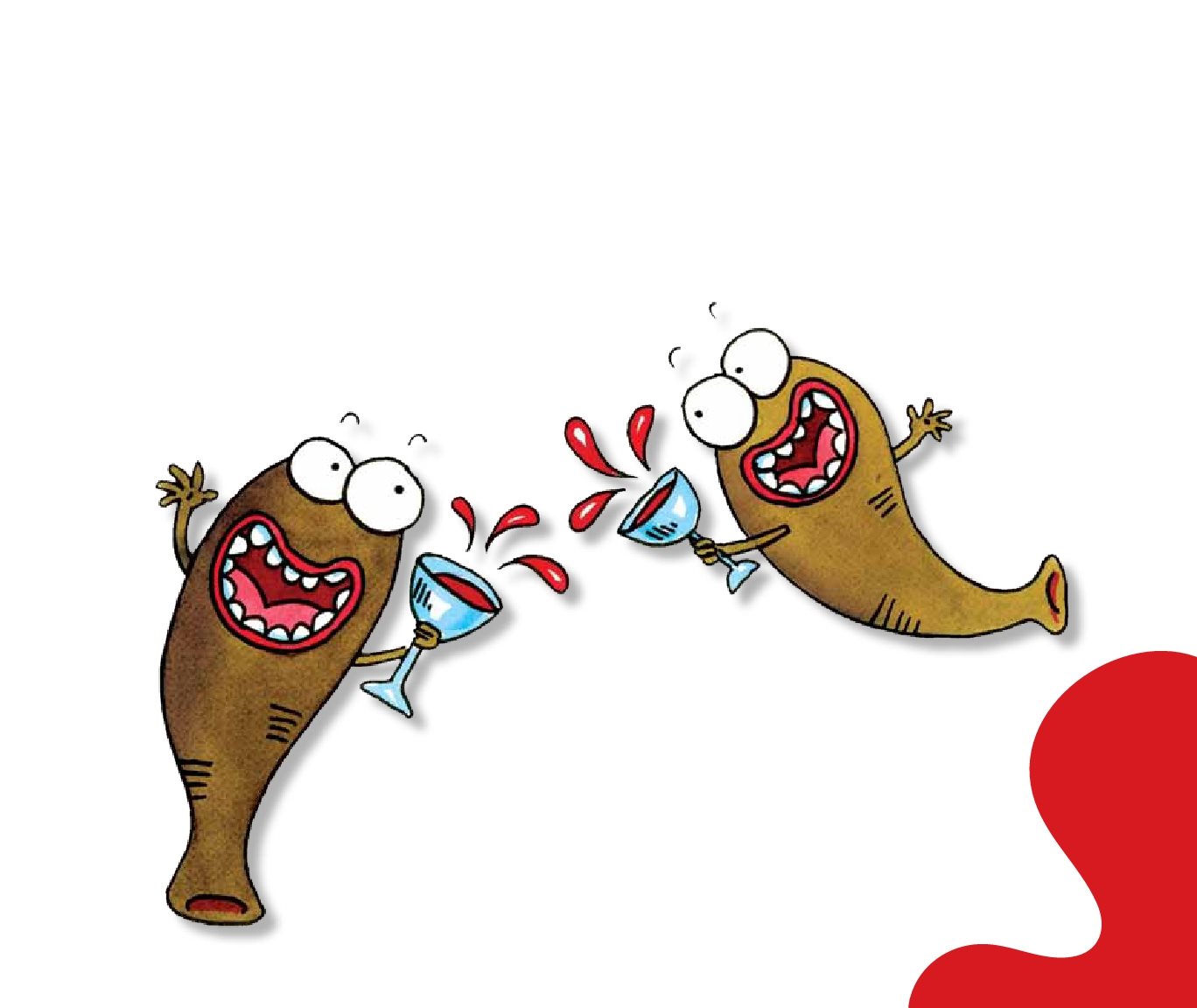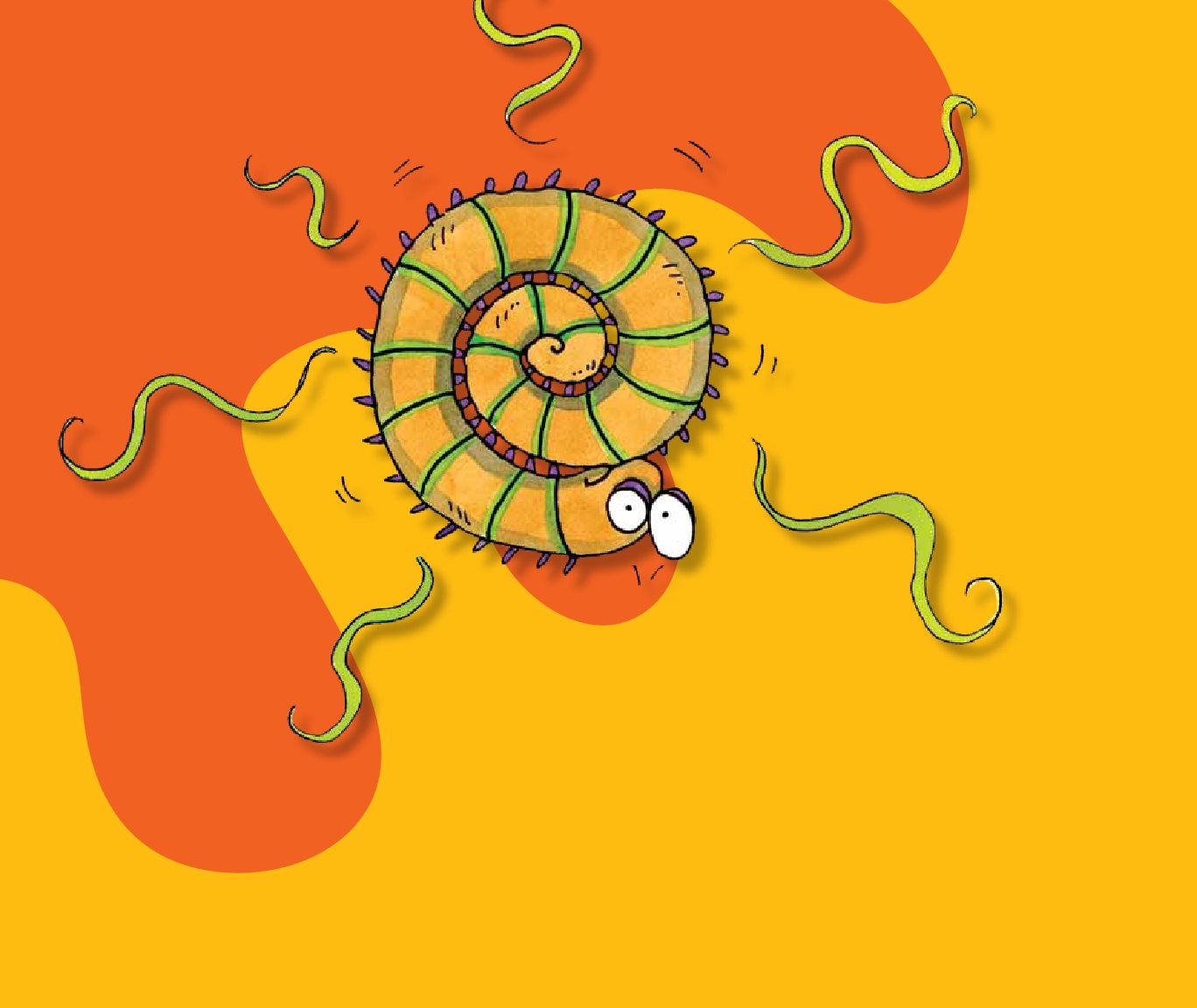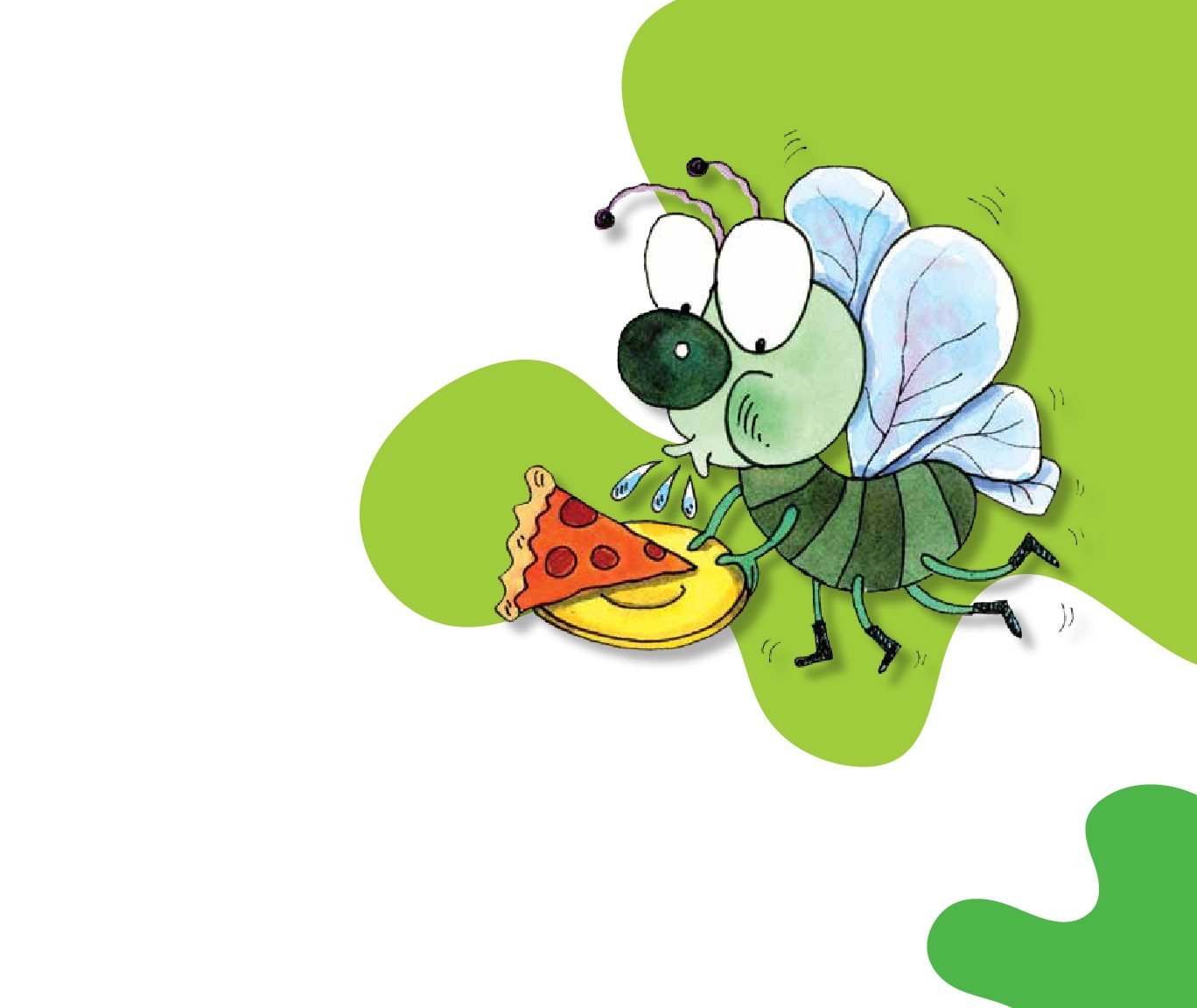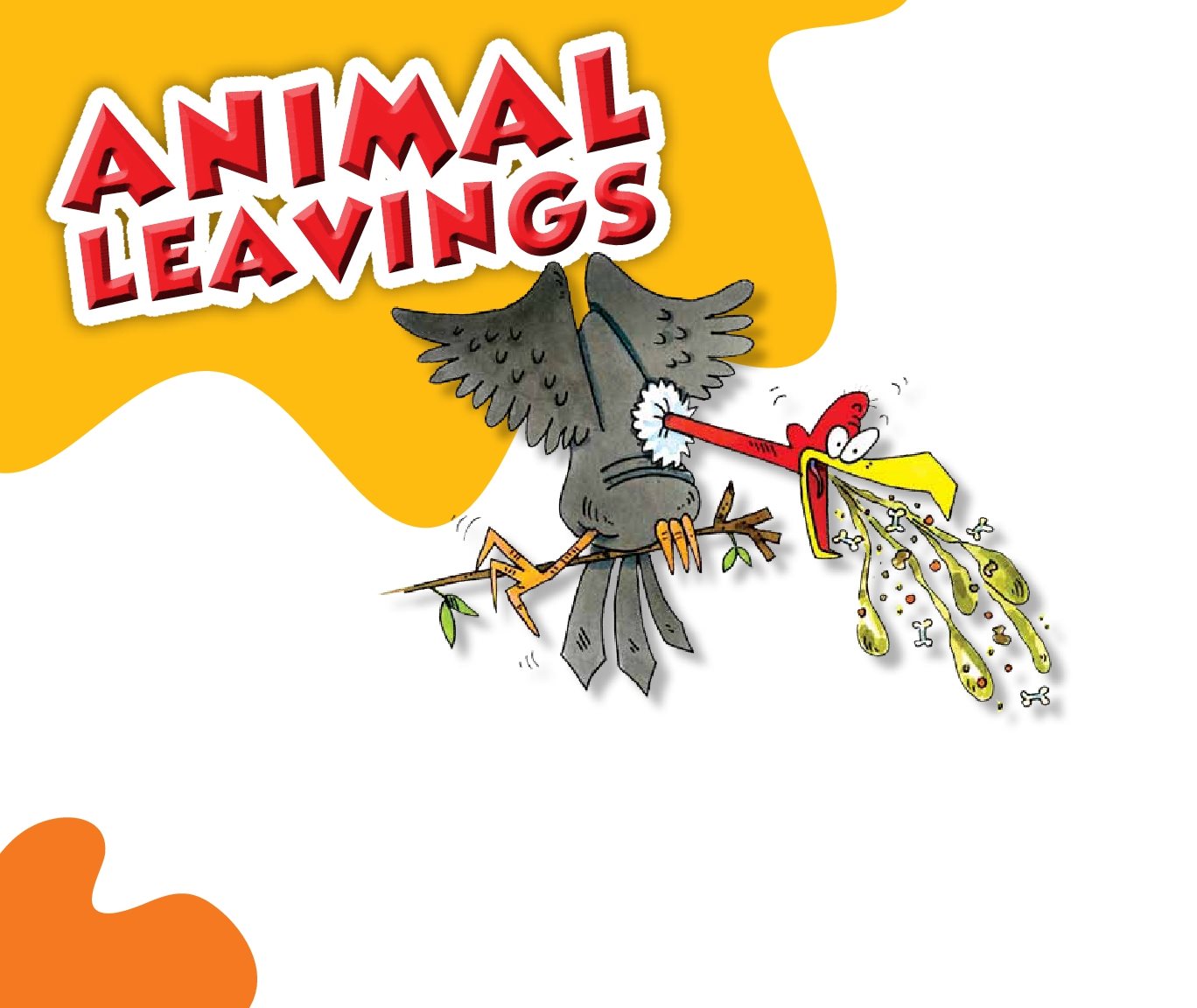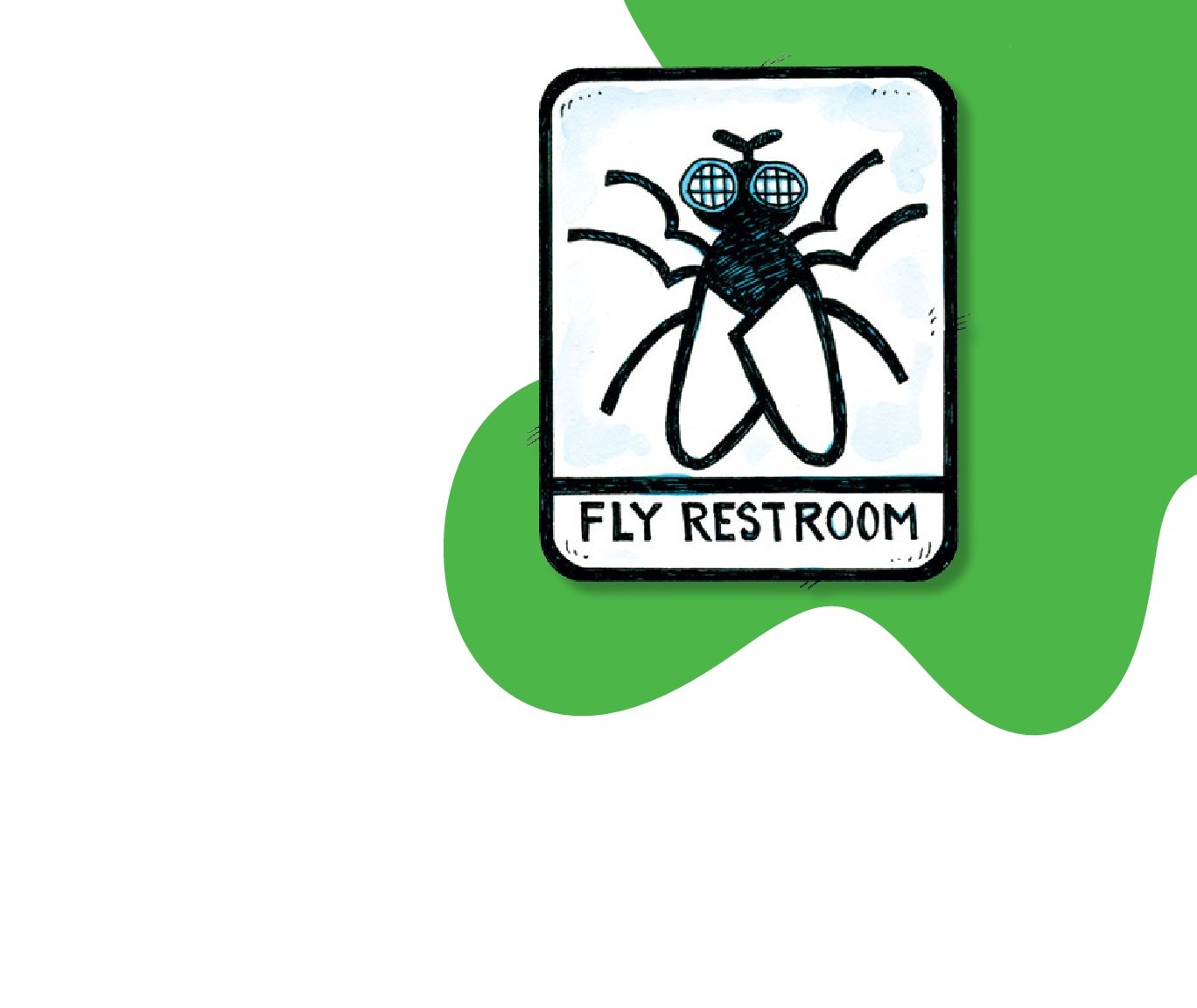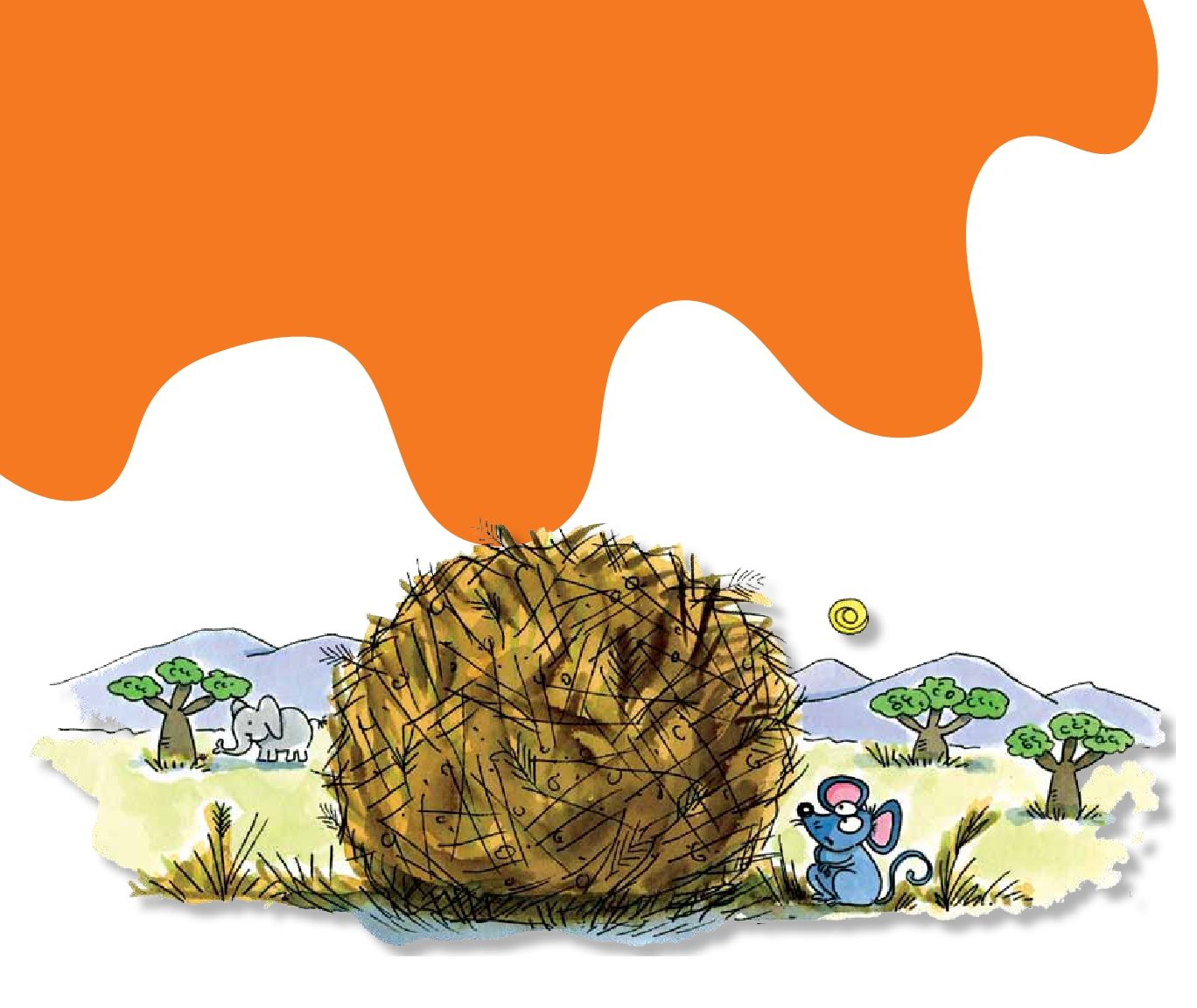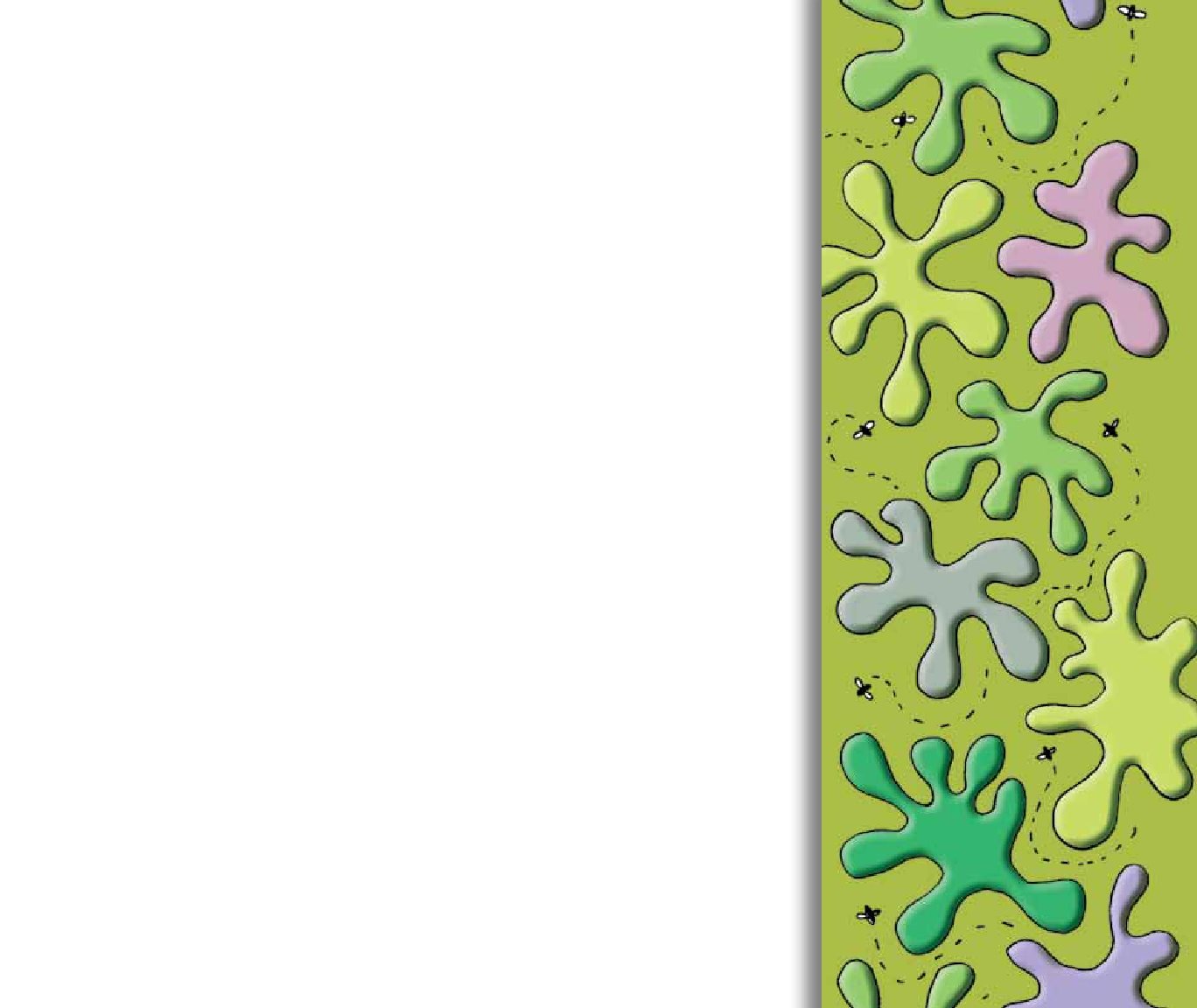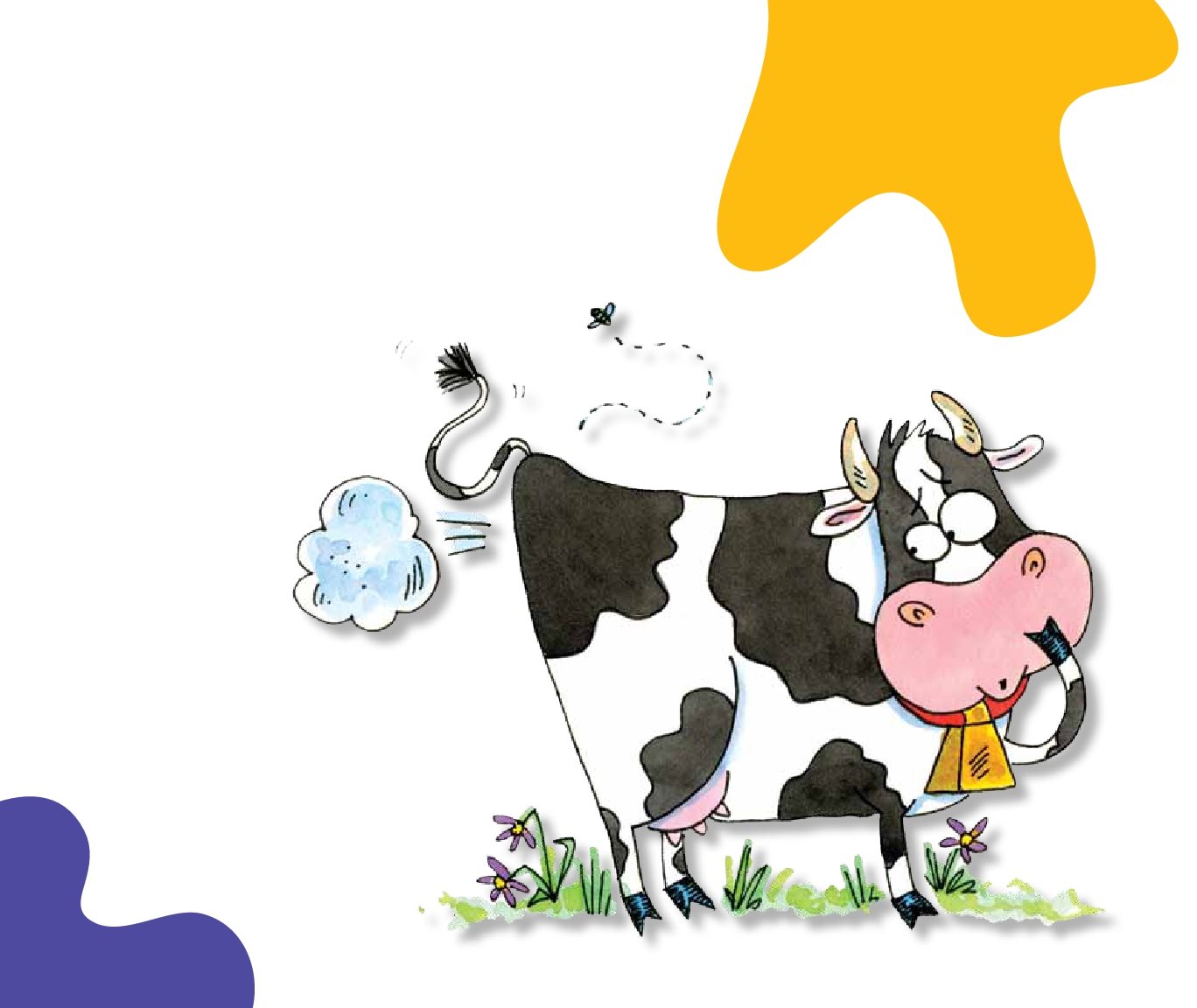Published by The Childs World
1980 Lookout Drive Mankato, MN 56003-1705
800-599-READ www.childsworld.com
Acknowledgments
The Childs World: Mary Berendes, Publishing Director
Red Line Editorial: Editorial direction
The Design Lab: Design
Amnet: Production
Copyright 2013 by The Childs World
All rights reserved. No part of this book may be
reproduced or utilized in any form or by any means
without written permission from the publisher.
ISBN 9781614734147
LCCN 2012946521
Printed in the United States of America
Mankato, MN
November, 2012
PA02143
About the Author
Lauren Coss is an author and editor
living in Saint Paul, Minnesota. After
writing this book, she decided to buy a
new pillow.
About the Illustrator
A former greeting card artist, Mernie
Gallagher-Cole is a freelance illustrator
with over 28 years experience
illustrating for children. Her charming
illustrations can be found on greeting
cards, party goods, games, puzzles,
childrens books, and now e-books and
educational game apps! She lives in
Philadelphia with her husband and
two children.
Gross Goods and Toilet
Trivia...
From toilets to termites, the world can be
a stinky, slimy, and downright disgusting
place. Do you know what your feet and
stinky cheese have in common? Get ready
to meet the creatures you share your pillow
with every night. Its time to check out the
grosser side of things. And remember, even
though these facts might seem too weird
and revolting to be real, they are all true!
Maggots are one of
the best ways to treat
an infection .
These baby flies are so efficient at cleaning
wounds, some modern hospitals use them
to treat wounds and stomach ulcers. The
flies eat the dead tissue deep in wounds
that can get infected.
It s legal for
maggots to swim in
your orange juice.
According to the U.S. Food and Drug
Administration, 1 cup (.2 L) of orange
juice can have two maggots. Ten fly
eggs are also permitted in each cup.
These crawlies are so small you would
not ordinarily notice them.
The giant Gippsland earthworm
can grow up to 10 feet (3 m) long.
These slimy creatures burrow deep in the ground in the state of
Victoria, Australia. Another strange worm is the North Auckland
worm of New Zealand. These weird worms can grow to be 30 inches
(75 cm) long and are fuzzy and bioluminescent , meaning they glow
in the dark.
Leeches can drink up to
eight times their body
weight in blood.
They are so efficient that some hospitals use them
during surgeries. A leechs spit has blood thinner in
it that helps keep blood from thickening.
Millipedes stink.
Most types of millipedes have
stink glands. When threatened,
a millipede curls into a ball and
gives off a smelly, poisonous
liquid. The stinky poison can
make animals sick or even die if
they make the mistake of eating
the millipede.
Flies spit on their food
before they eat it.
Housefly saliva has special chemicals
to help break down solid food. When the
fly spits on the solid food, it turns into a
liquid so the fly can suck it up.
A tapeworm can lay 100,000
eggs in one human every day.
Tapeworms live inside the guts of animals and humans.
An adult tapeworm can live up to 25 years and grow to be
longer than a school bus.
Billy goats
urinate on their
own beards.
This lets female goats know the
males are interested in them and
attracts the females to them.
When a vulture is scared,
it pukes on its attacker.
The vomit lets the vulture lose some of its body
weight so it can escape faster. The vomit is usually
poisonous and can harm or kill some animals.
Houseflies go to
the bathroom
every four to
five minutes.
When attacked, a hagfish can produce up
to 17 pints (8 L) of slimy mucus at a time.
The slime spreads out in the water, choking the attacking fish. The eating habits of
the hagfish are just as gross as its defense. The hagfish enters a dead animal and
eats it from the inside out.
An average elephant dropping can
weigh up to 5 pounds (2.3 kg).
An elephant can produce up to 30 of these hefty dung balls each day.
One of the smelliest
animals on Earth is the
African striped polecat.
When it is attacked, a striped polecat will often spray
its attacker with a liquid from its behind, much like
a skunkonly smellier. The stinky animal can be
smelled from a distance of seven football fields.
Termite farts
produce 4 percent
of the world s
methane emissions.
Termites can use their
farts to stop their enemies.
A termite can pass so much gas that its abdomen
explodes. The guts and gases from the termite hurt
or kill the intruder. The exploding termite eventually
dies, but it can help keep the termite colony safe.
Cow dung was once used to
treat wounds and sores.
In England in the 1800s, a mixture including warm cow

